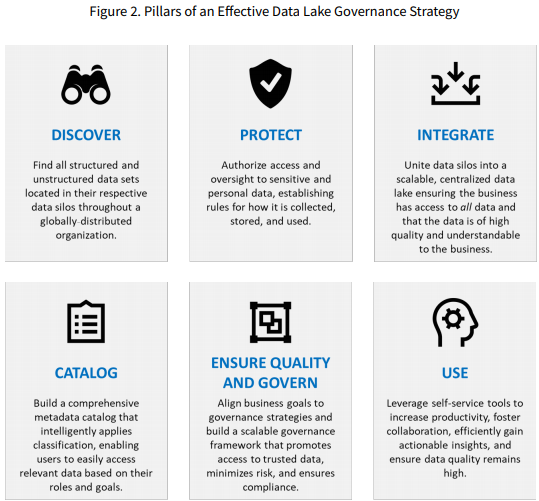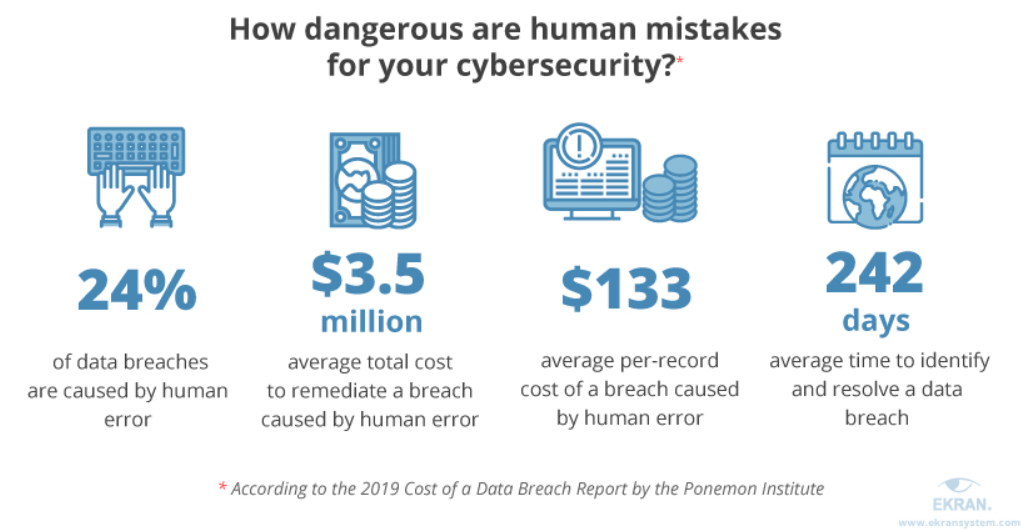Data-driven business competitive advantages
Data is now one of the most important corporate resources. It’s helping more and more companies to anticipate future actions through their past activity. Regardless of whether they want to optimize their business processes with data-driven approaches, or expand or improve the interaction with customers based on data, or even introduce a new digital business model. They can diversify their portfolio with a range of different products – from classic to computerized to data-driven – in order to meet increasingly complex customer needs.

In this context, Data-driven business models are increasingly becoming a decisive factor in competition. More and more companies are asking themselves how they can use data profitably in their business. But one should know that success does not depend on the pure availability of infinite (often unused) amounts of data. The challenge here is to combine structured, partially structured and unstructured data from different contact points with customers such as social media, sensors, mobile devices, sentiment data and call logs. With the right analysis of the data, more targeted marketing campaigns and better customer integrations desired results are achieved.
The analysis of data offers many advantages. Here below is a selection of possible application scenarios:
- Analysis of customer behaviour: Insights and actionable information are gained through data analysis such as how the customers interact with your company so you can uncover ways that can better suit your customers’ behaviour patterns and increase your conversion rate.
- Profiling of customer groups: Trends and patterns can be identified such as which customers looked at which products for how long? This also gives the opportunity to tailor the future collection to the tastes of certain customer groups. The importance of this process cannot be overestimated, especially for small businesses with limited resources.
- Dynamic pricing: Thanks to analytics, companies can adjust their prices in real-time according to the market demand, consumer behaviour, available inventories and competitive situation as well as to financial targets and delivery conditions.
- Personalized customer journey: Today’s customers are interacting with companies across multiple channels. Therefore, touchpoints across all those channels must be analysed so that a personalized and precise approach with the individual offers can be offered. AKA, The right product at the right time at the right price.
- Next Best Action: Automated suggestions for further campaigns, special prices, additional offers, the type of customer approach (e.g. e-mail or telephone) or the intelligent control of online campaigns enable companies to track a dynamic view of their customers and use this information to better anticipate customer needs.
The data thinking concept is definitely a key to corporate success, which is based on data. Data-driven businesses open up countless possibilities such as improved customer and market knowledge, better coverage of customer needs, better sales forecasts, more targeted marketing, higher efficiency and much more. The first step is to look inward and work with the data that is already available to develop and advance use cases. The focus must be put on customer needs and the sensible implementation of the use cases so economic success and a positive ROI can be guaranteed.





